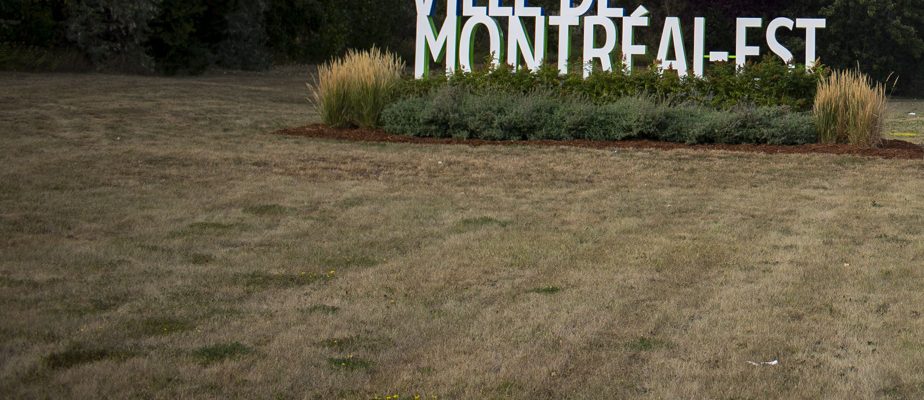By adopting a law in 2015 allowing the Caisse de dépôt et placement to invest in public infrastructure, the Couillard government granted it exceptional powers. By doing so, it was argued, we would finally escape the slowness and runaway costs that characterize the design and construction of major projects. The disproportionate powers granted to the Caisse worried many. Wouldn’t the price to pay, particularly from the point of view of governance and planning, be exorbitant?
This concern quickly proved to be justified. CDPQ Infra, the Caisse’s subsidiary, took advantage of its privileged status to impose, without evaluating the merits of this method, the installation of an automated light rail running on an imposing aerial structure. In addition, the project essentially took over the route of the bus service linking the South Shore to the city center, monopolized the Deux-Montagnes commuter train line – by far the busiest – and identified a new transport corridor parallel to the West Island commuter train, knowing full well that the law allowed it to require that some of its users be transferred to its stations. All this at the expense of exo. This totally unprecedented situation enabled CDPQ Infra to disregard any overall planning, confident as it was of appropriating clienteles of pre-existing public transit infrastructures.
The unveiling of the REM de l’Est project in December 2020 showed that CDPQ Infra intended to continue this momentum. Many therefore questioned the role of the Regional Metropolitan Transport Authority (ARTM) – dismissed from the outset – and deplored the consequent absence of a metropolitan reference framework. However, the problem of public transit in the East of Montreal – the offer there is derisory – did not authorize a simple transfer of the modus operandi favored by CDPQ Infra in the West. Only a serious study of demand and needs, current and future, would allow the identification of preferential corridors, routes and, ultimately, mode(s).
But since CDPQ Infra essentially defends a business model based on an exclusive mode and its financing − that is, its performance − no credible study of this nature has been made public.
The unfortunate consequences of the project on the train de l’Est, the admission of cannibalization of customers on the green line of the metro and the inability to demonstrate the need, other than financial, for a direct link with the center -city confirmed the precedence of the business model. A business model that is also insensitive to criticism regarding the impacts of an imposing aerial structure on the environments it passes through.
By dismissing CDPQ Infra, the government implicitly recognized the merits of the many criticisms and allowed the ARTM, in concert with the Ministry of Transport, the City of Montreal and the Société de transport de Montréal, to play the role for which the organism had been created, that is, to plan. It is therefore to be welcomed that one of the first tasks to which the working group set about was to assess transport needs and demand. The preliminary report made public at the end of last January showed that this study was carried out according to the rules of the trade. This first step – essential – was however not sufficient to base the choices that will have to be made, both in terms of the corridors to be served, the routes and the most suitable mode(s). ).
The future of East Montreal is indeed undetermined. The evocation of a “green Silicon Valley”, as exciting as it is, cannot take the place of scenarios on which to base a real redevelopment strategy. The East Montreal Chamber of Commerce certainly piloted a prospective exercise in 2019, but it is a development plan with an essentially economic scope. As for the transport plans of the boroughs, they have not been the subject of any integration.
Engaged in the revision of its urban plan, the City of Montreal has, for the moment, nothing very tangible to put on the table.
However, it must be emphasized that taking into account the desired development of Montreal East is essential. First, to adapt a public transport offer – which will not materialize for several years – to a demand which, in part, does not exist today. Then, to determine how the choices that will be made in public transit, from the point of view of routes, modes and methods of integration, will contribute to influencing the future of East Montreal in line with the preferred scenarios and how they will be able to contribute to the desired modal shifts.
It is only in this way that urban planning and mobility can be articulated and that the benefits of a new public transport infrastructure can be optimized. We therefore awaited with great expectations the results of the continuation of the work of the ARTM.
To read tomorrow
Structuring public transit in the East of Montreal: in the style of the Legault government

